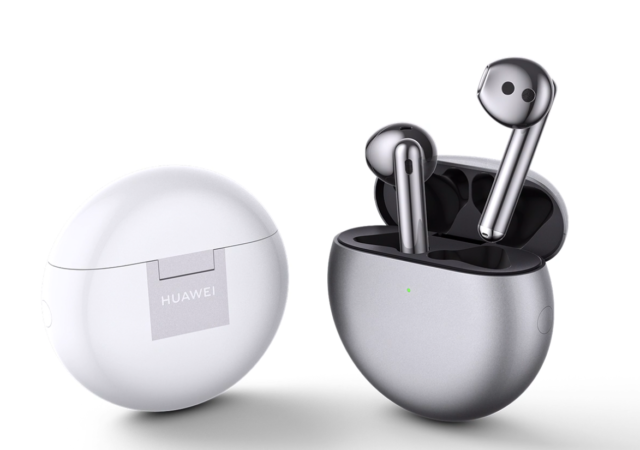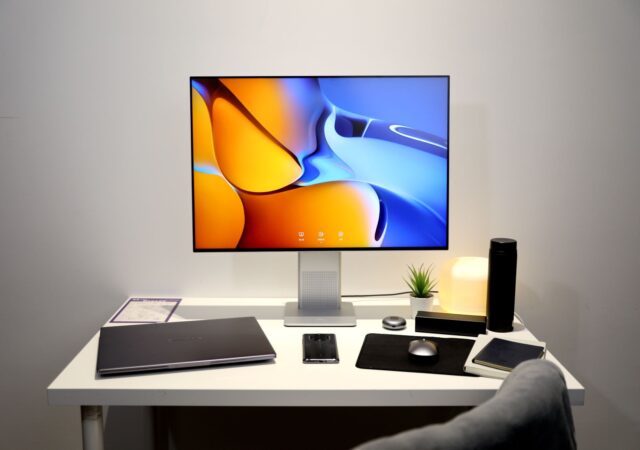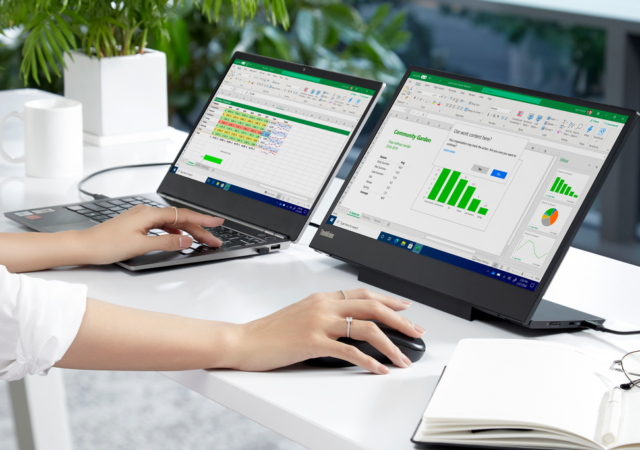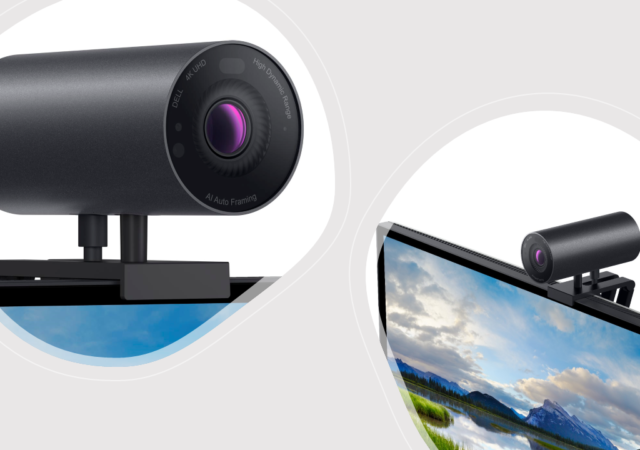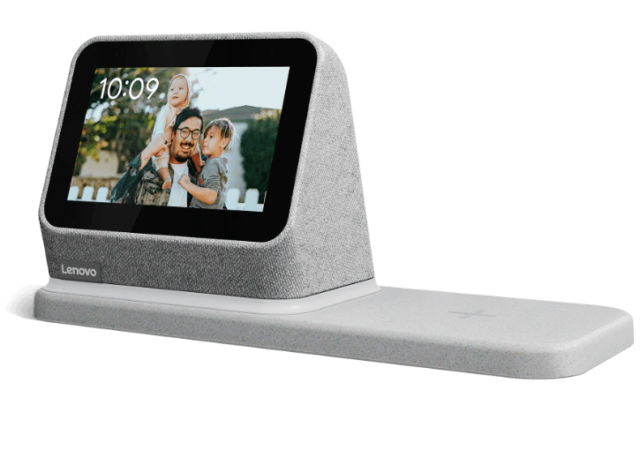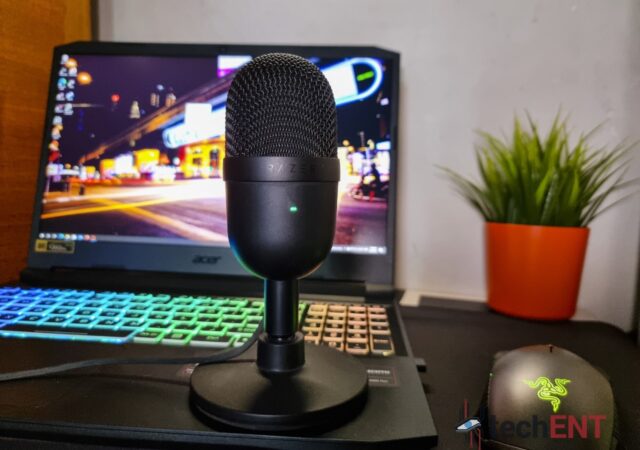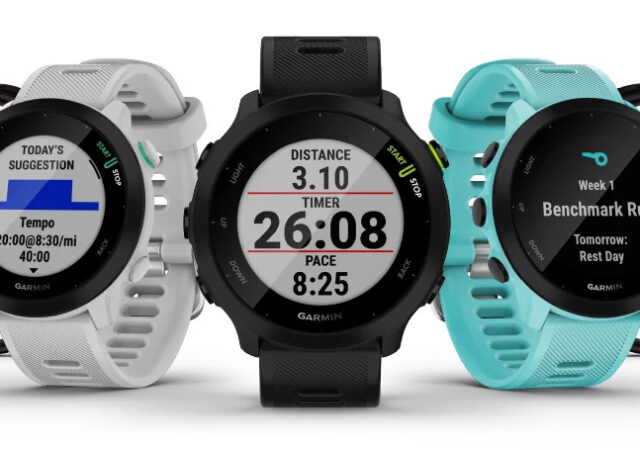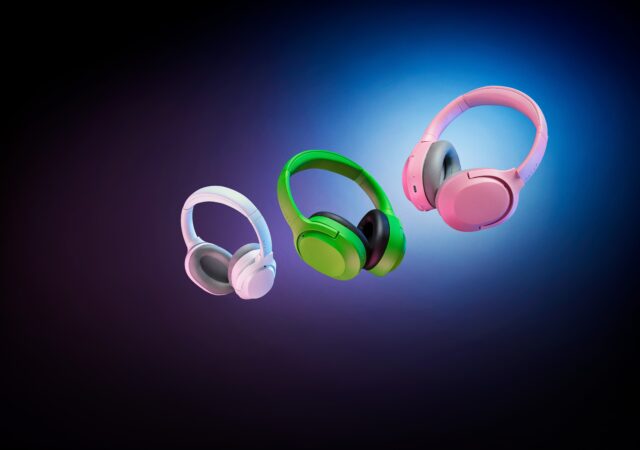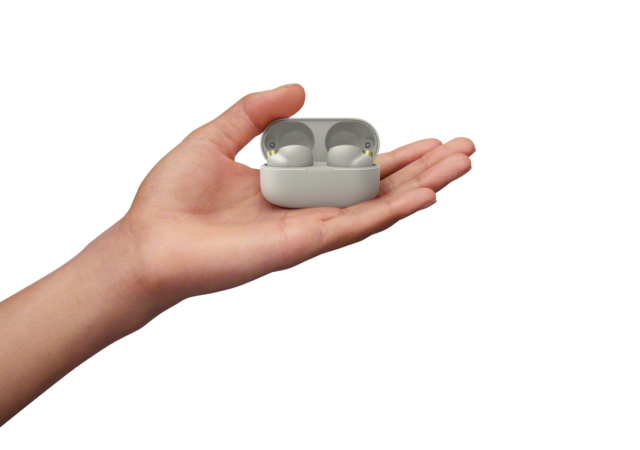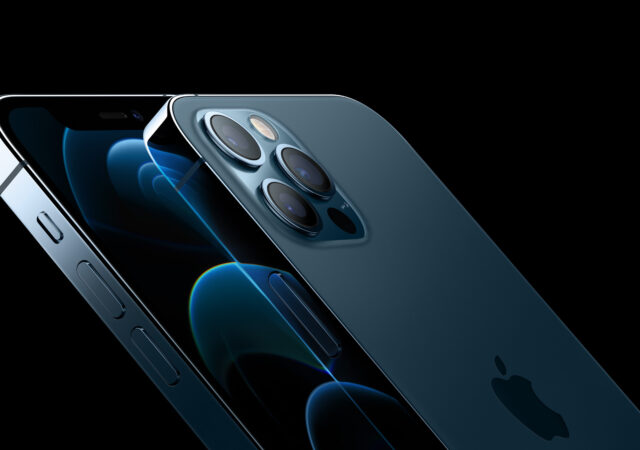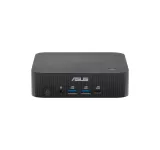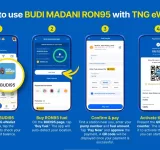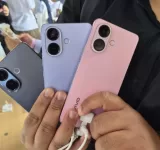HUAWEI launches the FreeBuds 4 ANC enabled TWS earbuds in Malaysia. Available for pre-order now for MYR 599.
HUAWEI MateView and MateView GT Launched in Malaysia – The Beauty and The Beast
HUAWEI releases the new MateView 4K display for creators and MateView GT 3K 165Hz gaming display in Malaysia.
[MWC 2021] Work More Efficiently with Lenovo’s New ThinkVision Lineup
Lenovo announces its new ThinkVision lineup which gears for a work from anywhere future with a mobile monitor in the forefront.
AI Helps You Look Better with the New Dell UltraSharp Webcam
Dell unveils the new 4K UltraSharp webcam for work from anywhere future imbued with AI technologies to make sure you look your best.
[MWC 2021] Lenovo’s Smart Clock 2 is What Your Side Table Needs
The Lenovo Smart Clock 2 is the modern Google Assistant smart clock that comes with wireless charging capabilties.
Razer Seiren Mini In-Depth Review – Little Pill, Big Volume
Razer’s Seiren Mini might not look like much. At MYR 249, it is one of the most affordable USB mic of its kind. Is it worth the money though?
Garmin Launches the Forerunner 55 in Malaysia for MYR 960
Garmin launches the Forerunner 55 in Malaysia. The new fitness tracker for runners with 5 ATM water resistance retails for MYR 960.
Razer Launches the Opus X – The More Affordable and Colourful Opus
Razer released the Opus X Active gaming lifestyle headphones with Active Noise Cancelling and up to 30 hours of battery life for MYR 549.
Sony Launches the WF-1000XM4 Truly Wireless Noise Cancelling Headphones
Sony launches the new WF-1000XM4 with even more advanced noise cancelling technology and bony conduction technology.
Apple Releases iOS 14.6, iPadOS 14.6, macOS Big Sur 11.4, watchOS 7.5, and tvOS 14.6
Apple brings iOS 14.6, iPadOS 14.6, tvOS 14.6, macOS Big Sur 11.4, and watchOS 7.5 updates with added features.



